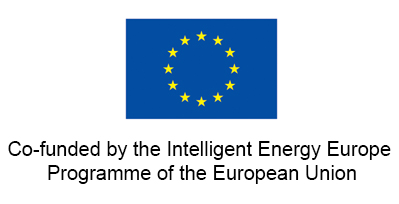| Member state | GERMANY |
| Case study | Unterhaching |
| Description | The Unterhaching community, located south of Munich, has been using these geothermal resources in a communal heating network since 2007. The very first geothermal power station in South Germany commenced operation here early in 2009. The community initiated their own energy concept ten years earlier, establishing a heating atlas as the first step. This resulted in the development of a plan to cover at least 50% of the local energy requirements with more efficient systems by 2015. |
| Region>City>location | Bavaria, Unterhaching |
| Installed capacity ( MWth) |
38 MWth+47 MWth |
| Installed geothermal capacity | 38 MWth, 3MWe |
| DH length (m) |
By the beginning of 2009, 28 kilometres of district hea- ting pipelines with a total capacity of 30.5 MW had been installed. |
| Inhabitants connected | 30,4 MW, represents approx. 3 000 households |
| Temperature of the geothermal ressource (production – injection) |
122°C water in a limestone layer lying at a depth of 3,446 m |
| Production of heating and/or cooling | 47 000 MWh/a heat and 21,5 moi kWh/a electric |
| Others uses (drinking water, cascade uses…) |
Part of water cooled in heat exchangers sold to recreation centre (swimming pools, space and tap water heating), second recreation centre based on cooled geothermal water expected to be opened in 2014 |
| Investement for geothermal heating station |
Total investment= ca 80 moi euros |
| Investement for DH network and substation |
Once-only connection costs: 1234 € for a house incl. Heat exchanger and 5m of DH piping on private land |
| Cost of the MWh sold | Pricing examples: annual consumption costs for a single family home (25000 kWh/a consumption) is about 2106 €/y ; and for a terraced house (consumption=17500 kWh/y) is about 1699 €/y |
| Comparison with fossil energies | Up to 35 000 t annual co2 savings |
| Innovation if any | The next phase is already well underway. Following completion of the final construction phase, the district heating network will handle up to 70-80 MW. One challenge was the integration of the plant in an already established community. This required certain compromises in location decisions. The project showed the economic advantages offered by a combined used of geothermal resources for supplying electricity and heating. Local district heating networks are a key element in this scheme in order to use geothermal and other renewable energy sources in a consumer-oriented manner. |
Bavaria Unterhaching
Bookmark the permalink.


